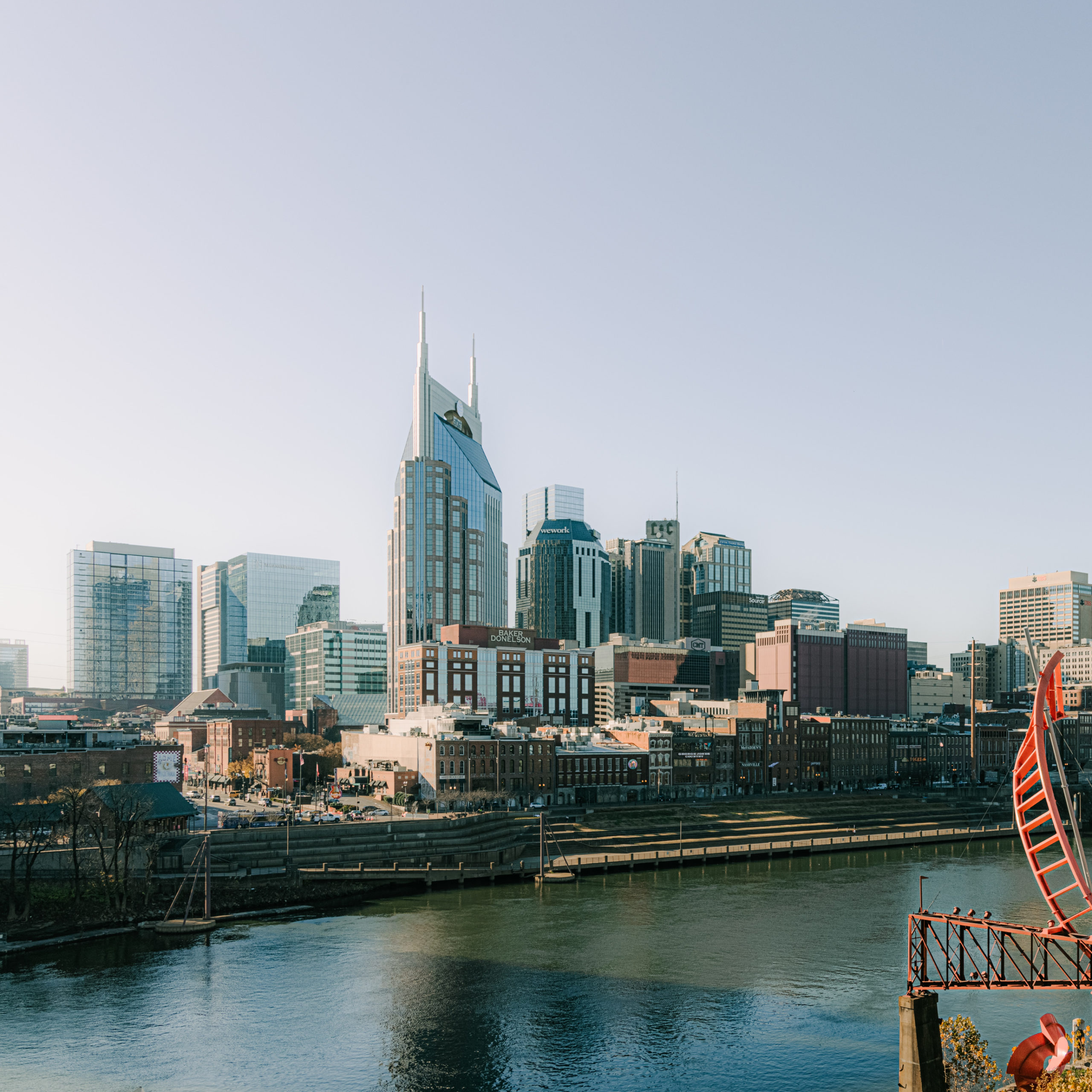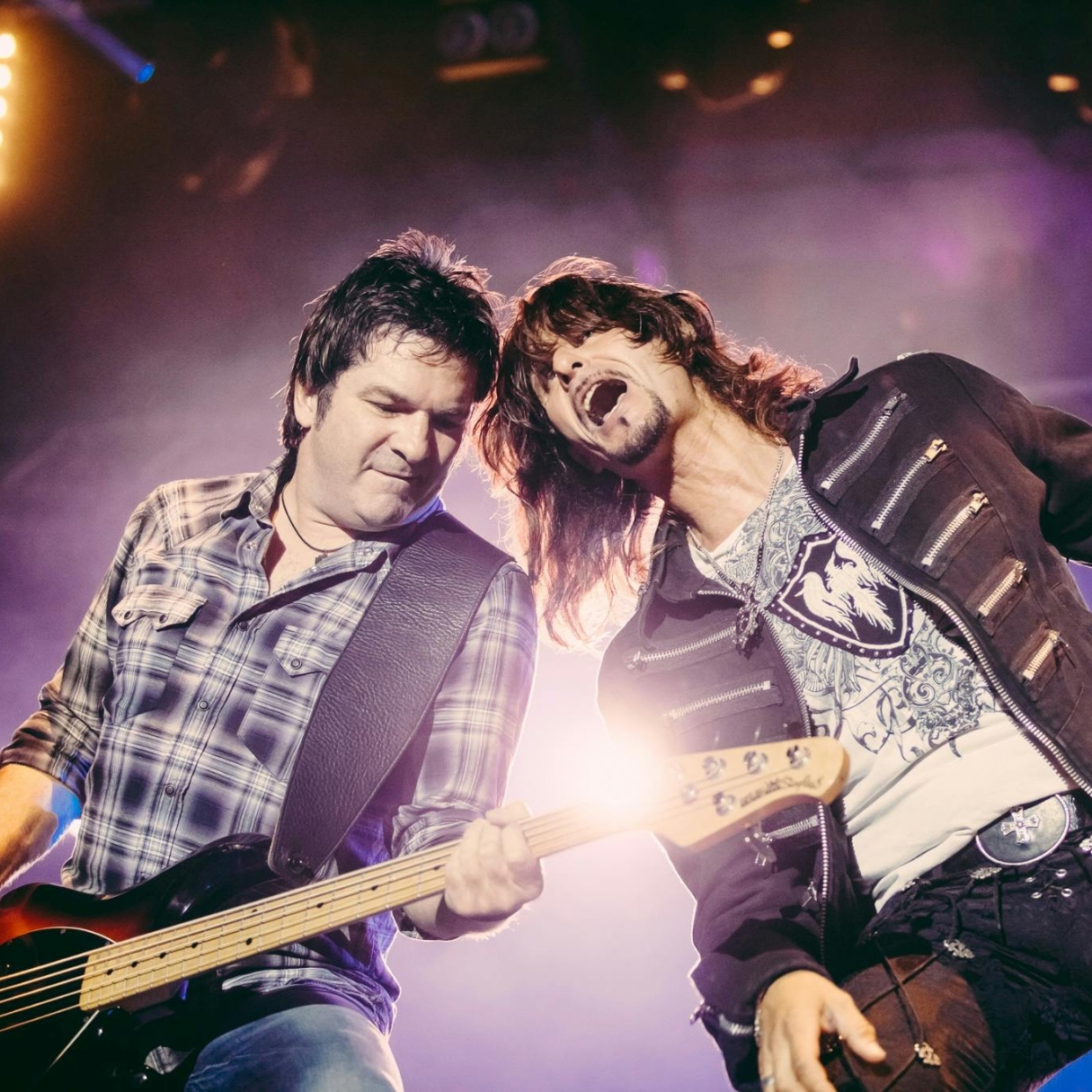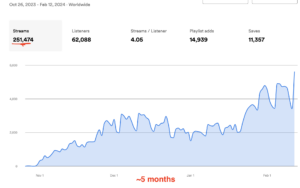I’ve lived in Nashville for about six years now.
I have a fair amount of friends who grew up here, and I’ve heard them talk a good bit about how the city has changed.
Now, if you don’t live here, you probably know Nashville for three things: pop-country music, Broadway honky-tonks, and hot chicken. And please don’t misread me: this is not an angsty “you don’t live here so obviously you don’t know what it’s really like” article to be read in a tone similar to Draco Malfoy’s every time he talks to Harry Potter.
Not at all.
Because if you associate Nashville with those things… well, you’re right. That’s us. At least as long as I’ve lived here, that’s been the general ethos of the city.
But my friends who grew up here remember a different Nashville. None of them listen to pop-country or go to Broadway, and some of them have never even had hot chicken. Instead of those things, they remember a Nashville with a bunch of separate neighborhoods with their own subcultures, parks and greenways, slower driving and less traffic. And the fact that it changed so much so fast begs the question:
How?
One friend in particular gave me his theory:
“As the internet, social media, and advertising ramped up in the last 20 years, market competition has made it necessary for everybody (individuals, companies, cities, and even countries) to create their brand. Nashville branded itself with things that were somewhat unique to it, but most importantly easy to market: pop-country, honky-tonks, and hot chicken. And even though those didn’t matter much then, the snowball gained momentum as things started to stick to it. It’s too late to stop it; those are our things now.”
This tends to be the way artist branding works too. Once you find something that people cling to, you make that your thing.
And once something is your thing, it’s very hard to abandon that thing and make something else your thing.
Take Ed Sheeran for example. Pretty early on, he found his thing. He made endearing acoustic-pop love songs, delivered with a sheepish grin that let you know he was just a normal, everyday dude. Those types of songs were just getting huge, so he led the charge. And for three albums, he exploded.
But = (Equals), his most recent album, is not putting up the same numbers as his previous two.
The reason is clear: he largely abandoned his thing. The new album was mostly dance-pop delivered with a confident swagger, which people aren’t used to hearing from Ed Sheeran. I mean, it topped charts because he’s Ed Sheeran, but it wasn’t even close to as popular as ÷ (Divide) and X (Multiply). It hasn’t been out a year, and the music world has largely forgotten it, while “Thinking Out Loud” and “Shape of You” are still being played on every radio station ever.
Now, obviously that’s a very simple way of putting it, and Ed Sheeran’s career arc is much more nuanced than that. But you get the point: he had a thing for a while, and then he abandoned it.
Which brings up my next, more important point:
By definition, trends cannot produce brand longevity.
“Trend” is just a word to describe broad popular opinion at a point in time. But breadth doesn’t equal depth, and studies show that in the internet age, popular opinion is changing at an exponential rate.
Ed Sheeran was kinda forced to abandon his thing, because the type of music he used to make belonged to a trend that isn’t as popular anymore. For a decade, he had concentrated all his energy on it. Abandoning it was a massive departure that left his fans alienated.
Now, I don’t claim to have the prophetic ability to know how long certain trends will last. I thought TikTok would be gone by now. But some things are obviously trends, because history tells us they are. Some are obvious: appearance things like hair and clothing styles, media like memes and movies, etc. They spread like wildfire and get put out like campfire.
Some are less obvious though. In music, production techniques, vocal styles, and even whole genres are just well-hidden trends. They always seem like the thing, but pretty soon they become obsolete.
If you think this is depressing, it kind of is.
But don’t worry. After all that, there’s a way to do it right. Because let’s be honest: you’re about to blow up, and you don’t want to push the snowball you can’t control. You want longevity.
So, if you’re a new artist building a brand, don’t build it around a trend.
First, build it around you.
Maybe you’ll want to color your hair differently every month. You might be really into ripped jeans for three years of your life. Cowboy hats might look awesome on you in your twenties. Those things are great, but they’re just the trees. Don’t miss the forest: you.
I’m not your mom or your therapist, but I’m fairly confident that you are the only you that exists. That’s dope. That also means you’re not a trend, and that you have unique interests, thoughts, talents, and feelings that will always set your art apart from everyone else’s. Focus on those things, and your art is more likely to have longevity.
Second, build it around people.
By “people,” I don’t mean popular opinion. I mean real community, and the things that make real community work.
Coldplay has gone from garage rock to Max-Martin-produced pop, and been everywhere in between. But they’ve only ever gotten more popular, because they keep telling people to believe in love, and love is universal.
Taylor Swift has changed genres five times and kept her fans, because genre trends were never the thing she cared about most. Storytelling is, and people will always resonate with stories.
Simone Biles, Roger Federer, and Neymar have all left Nike, but Nike is still one of the biggest brands in the world. Because athletes come and go with every generation, but the inspirational magic of sports (“Just Do It”) has been around since humans grew legs.
In short: find something you care about now that you’ll still care about when you’re 80, and follow that all the way down.
You got this.









